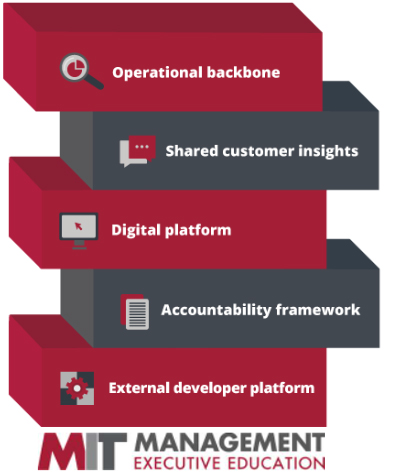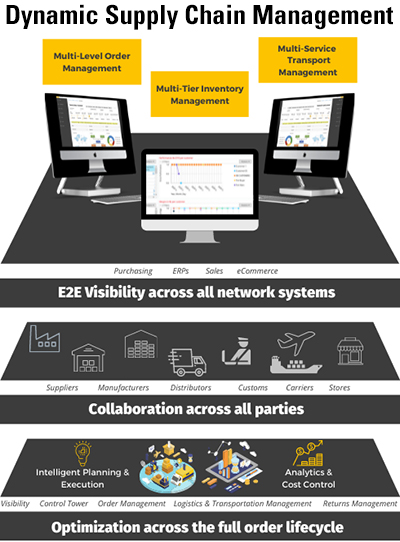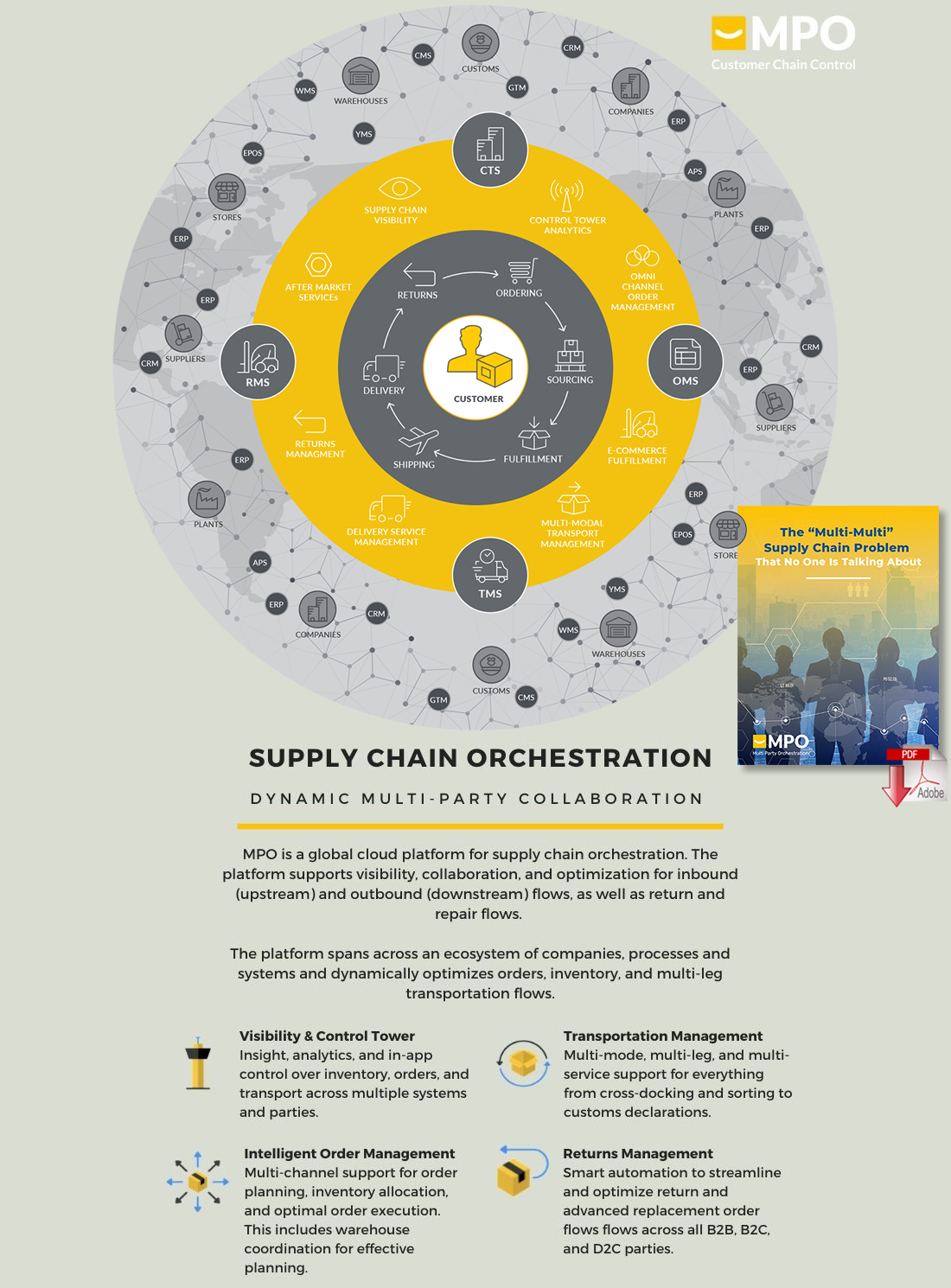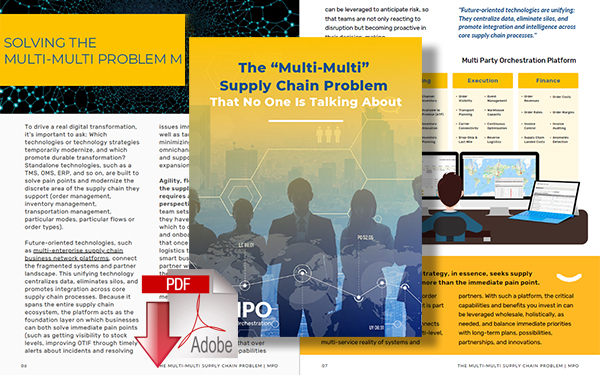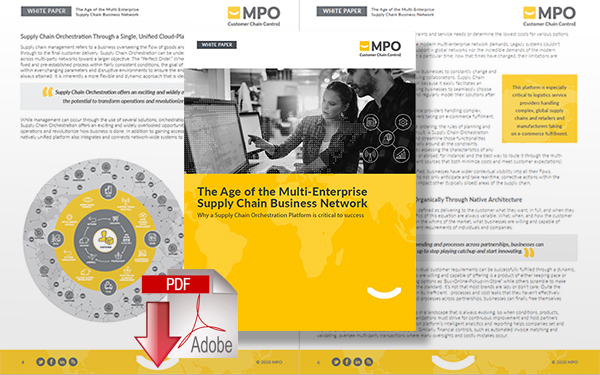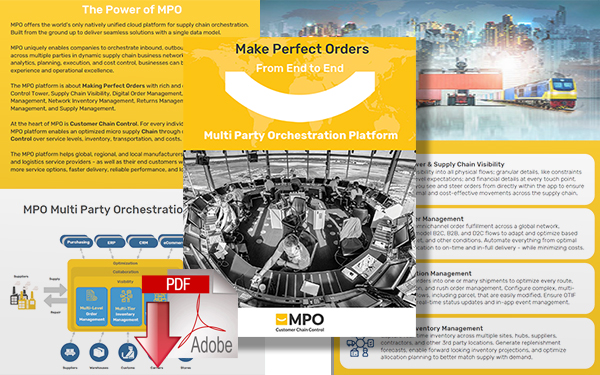Modernizing Is Not Digitally Transforming - So what’s the Right Path for You and Your Company?

Why after all this modernization, potentially comprised of big projects and multi-year efforts, are so many companies still not digitally transformed?
Modernizing Is Not Digitally Transforming. Are You on the Right Path?
Recently I had the privilege of attending a program at MIT’s Sloan School of Management about Organizational Design for Digital Transformation.
My curiosity on the topic (digital transformation), inspired by the daily barrage of articles, emails, white papers, and webinar invitations on digital transformation, piqued my desire to get to the bottom of what it is or isn’t by way of an informed, expert source.
I must say, MIT opened my eyes to another way of thinking.
Why Modernizing Won’t Provide the Future Value You’re Looking For
MIT’s view on digital transformation offers five building blocks: the operational backbone, shared customer insights, a digital platform, an accountability framework, and opening up to partners through an external developer platform.
The Five Key Dimensions of Digital Transformation
91% of business leaders rate digital transformation as a current business priority to remain competitive.
Yet most articles on digital transformation revolve around the operational backbone – namely, activities centered around improving end-to-end internal procedures – which I see as a form of modernizing.
Getting up-to-date and integrated into a cohesive corporate landscape (ERP, WMS, TMS, OMS, CRM, etc.) and even fitting in AI, machine learning, analytics, and cloud computing all represent critical upkeep businesses should already be doing.
So why after all this modernization (potentially comprised of big projects and multi-year efforts) are so many companies still not digitally transformed?
Customarily piecemeal and incremental siloed upgrades serve to update business processes. You may have invested in the best technology available, tightened up your business processes, defined roles, and accountabilities, and involved your best customers along the way, but you’re just getting started.
That’s why modernization is only the first step. What you’ll find is that once you get really good at your core business and start delivering on expectations and keeping promises, your customers will want more from you. What made you successful in the past becomes less valuable for the future.
The aim of digital transformation is to not only get good at your core business but to continually create value by bringing other business partners onto your platform. It takes a multiplier effect to successfully meet growing customer expectations. It takes an ecosystem. And just as manual processes or even disjointed digital processes cause inefficiency within an enterprise, a digital strategy that collects and upgrades disparate ERPs, WMSs, TMSs, OMSs, and CRMs across the network is perpetually engaged in “modernization.”
Put simply: it’s critical for organizations and their networks to start doing more than updating business processes internally or across external parties and begin supporting and laying the groundwork for innovation and growth.
The Concept of the “Multi-Multi” As both a Problem and Solution
The reality of it is that many companies have what can be referred to as the “multi-multi” problem – multiple systems, multiple workflows, multiple versions, multiple jurisdictions – you get it. Having been a CXO many times, I know the business reality is that most companies will not change out a huge infrastructure, no matter how inefficient and outmoded.
The multi-multi reality can also be a solution. With businesses today bombarded by an endless stream of digital technologies – cloud, social media, blockchain, cryptocurrency, analytics, the Amazon effect, Internet of Things, AI, machine learning, augmented reality, connected services, mobile, et al – it’s too much to imagine that one company can solely provide all the technology.
A company can only deliver so many solutions – it can’t address every single customer problem, but most customer problems can be solved by an ecosystem, an exchange of sorts, with a set of tools and resources that build on one another – a portfolio of multiple systems working together from one platform. In supply chain and logistics, this external developer platform is referred to as a Multi-Enterprise Supply Chain Business Network (MESCBN) technology.
MESCBN technology is a supply chain cloud platform that connects disparate systems across global networks for end-to-end visibility and synergy across multiple parties, flows, jurisdictions, etc. They allow companies to leverage the infrastructure they already have to effectively and dynamically partner within their ecosystem, and seamlessly add and onboard new parties as needed. And, having laid the fundamental groundwork for visibility and intelligence across the ecosystem, businesses have the technical support they need to flexibly grow and innovate.
The key takeaway is this: a digital transformation starts small and is a long journey, essentially putting in place a framework for the reinvention of the business to better cope and succeed in the future.
MPO was named “Visionary” in Gartner's 2021 Magic Quadrant for Multienterprise Supply Chain Business Networks. To learn more about the platform's revolutionary approach to supply chain orchestration, download a complimentary copy of our white paper The “Multi-Multi” Supply Chain Problem That No One Is Talking About. You can also get in touch by reaching out to [email protected] or requesting a demo today!
About the Author
Bryce Boothby Jr. is the former executive of Flex, Celestica, ModusLink, Regenersis PLC, and Lulu.com. His eBook, Making the Case for a Digital Transformation, investigates the topic of “Achieving the perfect order” and how companies can differentiate between solution providers, calculate returns on investment, choose a vendor, integrate with legacy systems, sponsor and sell the business case, and ‘try before you buy.’ More MPO Blogs from Bryce Boothby Jr.
Related Resources
The “Multi-Multi” Supply Chain Problem That No One Is Talking About
In this white paper, we examine why the average organization is losing significant profits from supply chain disruptions and why we need to understand the deeper problem to change the outcome. Download Now!
The Age of the Multi-Enterprise Supply Chain Business Network
This white paper offers insight into leveraging your network to derive the greatest possible value under any circumstance, such as through a Supply Chain Orchestration platform that can automate and streamline a wide range of your business needs. Download Now!
Multi-Party Orchestration Platform
In this brochure, you'll find a guide to MPO's unified cloud platform for multi-party orchestration, including its rich and flexible solutions: Control Tower, Supply Chain Visibility, Digital Order Management, Transportation Management, Network Inventory Management, Returns Management, Spare Parts Management, and Supply Management. Download Now!
More Resources from MPO
Related Article:4 FAQs About Multienterprise Supply Chain Business Networks
Article Topics
MPO News & Resources
TMS+ Go Beyond Transport to Optimize Cost, Service, & Resiliency Multi-Party Orchestration Platform When It Comes to Digital Transformation You May Not Be Doing What You Think How Chief Operating Officers are Achieving Results with Supply Chain Software SPARK Matrix Transportation Management System Software Analyst Report Top Trends Driving Change and Technology Strategy Within Logistics & Transportation Management 5 Key Steps for Optimizing your Last Mile Delivery More MPOLatest in Supply Chain
Microsoft Unveils New AI Innovations For Warehouses Let’s Spend Five Minutes Talking About ... Malaysia Baltimore Bridge Collapse: Impact on Freight Navigating TIm Cook Says Apple Plans to Increase Investments in Vietnam Amazon Logistics’ Growth Shakes Up Shipping Industry in 2023 Spotlight Startup: Cart.com is Reimagining Logistics Walmart and Swisslog Expand Partnership with New Texas Facility More Supply Chain

